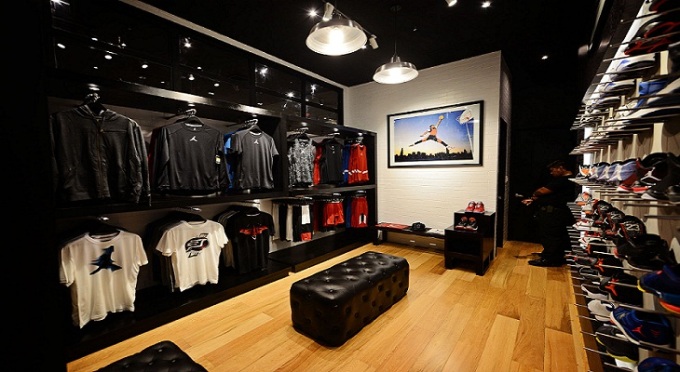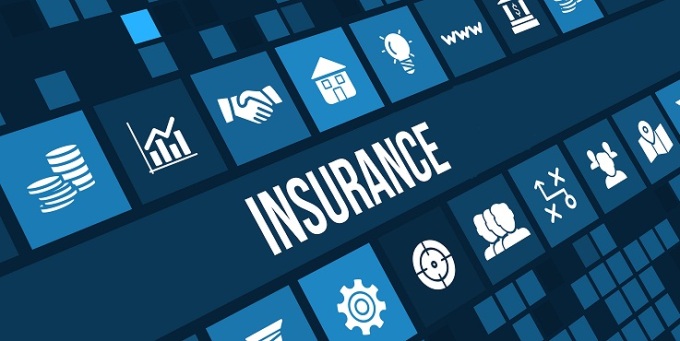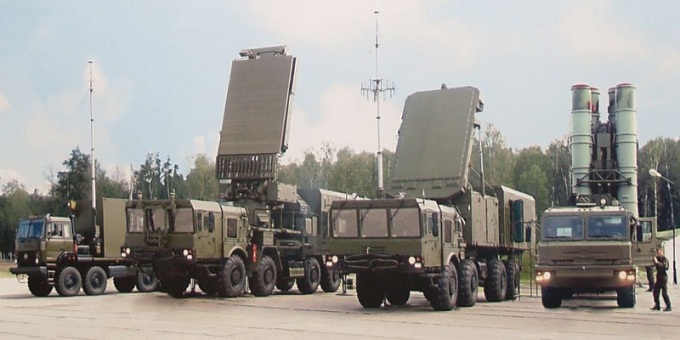·
Large appliances market is expected to decline
further or remain stagnant in terms of volume after registering a decline in
2015.
·
Front loading washing machine, multi-door
refrigerator, inverter type air conditioner and 4K and 8K smart television will
lead the demand for large appliances in Japan Market.
·
Customer willingness to pay premium for quality
products will help the domestic players to dominate the market. Products which
can be sold at higher prices are high in demand increasing the operating
margin.
·
Replacement Demand of old machine will continue
to be the dominant reason for driving the sales of large appliances.
Ken
Research announced its latest publication on “Japan Large Appliances Market Outlook to 2020- Growing Preferences for
Technologically Innovated Products and Robust Replacement Demand to Shape
Future” provides a comprehensive analysis
of large appliances market in Japan. The report focuses on overall market size
for sale of large appliances. These include revenue from domestic sale in
television, washing machine, air conditioner and refrigerator. Market was also
estimated based on volume sales in each category. Market is segmented based on
product type and sub segmented based on their essential features along with distribution
channel. The report also covers the competitive landscape of major players in Japan
large appliances market, export and import scenario. The report concludes with
market projections for future and analyst recommendation highlighting the major
opportunities and cautions.
Large Appliances market in Japan is
shrinking in terms of volume and is expected to shrink further in the coming
years. Some of the major large appliances in Japan have registered negative or
stagnant outlook about sales in Japan in terms of volume. High rate of product
innovation, their demand and consumer’s willingness to pay for a premium will
drive the large appliances market in Japan in terms of value. Large appliances
market in Japan is still dominated by domestic brands which have refrained from
price war as on September 2016. However, many Chinese and Korean firms are
targeting the Japanese market owing to its potential to sell high end
technologically advanced products which have higher profit margin.
Growth in demand will be mainly from
replacement of old products. As demand in residential real estate picks up,
demand for large appliances will also increase simultaneously. Improvement in
quality, energy saving appliances, smart home technology and changing consumer
preferences will drive the sale in future.
According to Research Analyst at Ken
Research, “People willingness to pay the premium for high end products will
help to drive the market. New products with value added features or new
technology can be sold at higher operating margin. Continuous innovation is
necessary to keep margins high and retain brand loyalty”.
Key Topics Covered in the Report
§
Japan Large Appliances Market Genesis &
Current Outlook.
§
Japan large appliances market size by volume and
revenue.
§
Japan Large Appliances Market Segmentation by
Product Category, Japan television market segmentation by screen size, Japan air
conditioner market by type, Japan large appliances market segmentation by type
of distribution channel.
§
Export
and import scenario.
§
Market share of major players in Japan large
appliances market.
§
Competitive landscape of major players.
§
Future outlook and projections and
recommendation.
·
LG Sales Television
·
Television Sales Household Japan
·
Residential AC Market in Japan
·
Japan Online Electronics Sales
·
Online Trends Large Appliances
·
Household Appliances Market in Japan
·
Japan Air Conditioner Sales
·
Washing Machine Revenue Statistics
·
Japan Television Market
·
Japan Large Appliances Market
·
Japan Washing Machine Industry
·
Market Share Daikin Air Conditioner
Key Products in the Report
·
Television, Washing Machine, Refrigerator, Air
Conditioner
Key Market Players in the Report
Panasonic,
Hitachi, Sharp, Sony, Toshiba, Daikin, Mitsubishi, LG, Electrolux, Haier, Midea
group
For more information about the report,
refer to below link:
Related Reports
Contact Us:
Ken Research
Ankur Gupta, Head Marketing & Communications
Ankur@kenresearch.com
+91-9015378249
Ken Research
Ankur Gupta, Head Marketing & Communications
Ankur@kenresearch.com
+91-9015378249






